The good and the grub won't spoil the...
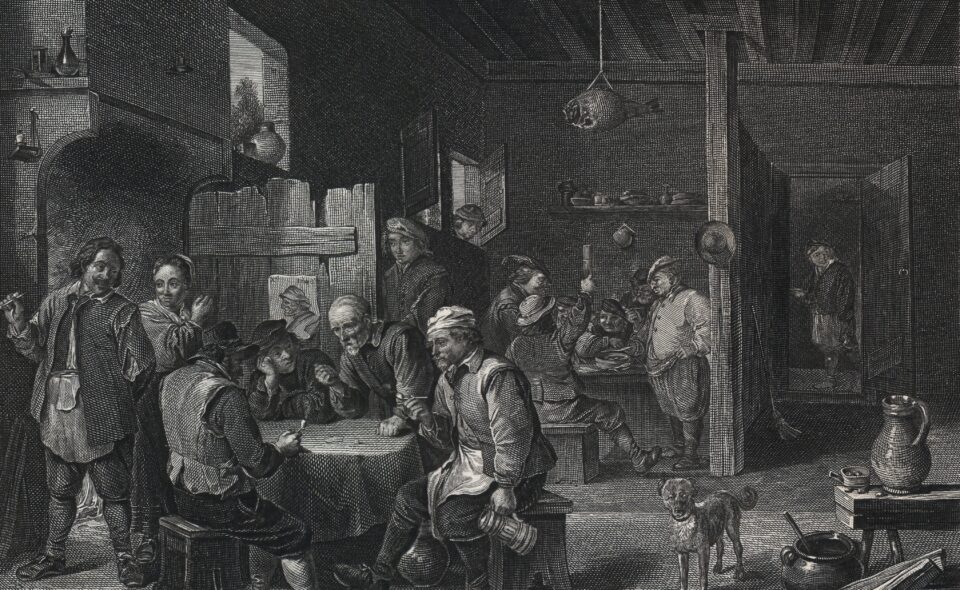
Since the dawn of time, inns have been an integral part of the Polish landscape. They were a place for entertainment, social gatherings and rest after a tiring journey.
Flavors of Greater Poland
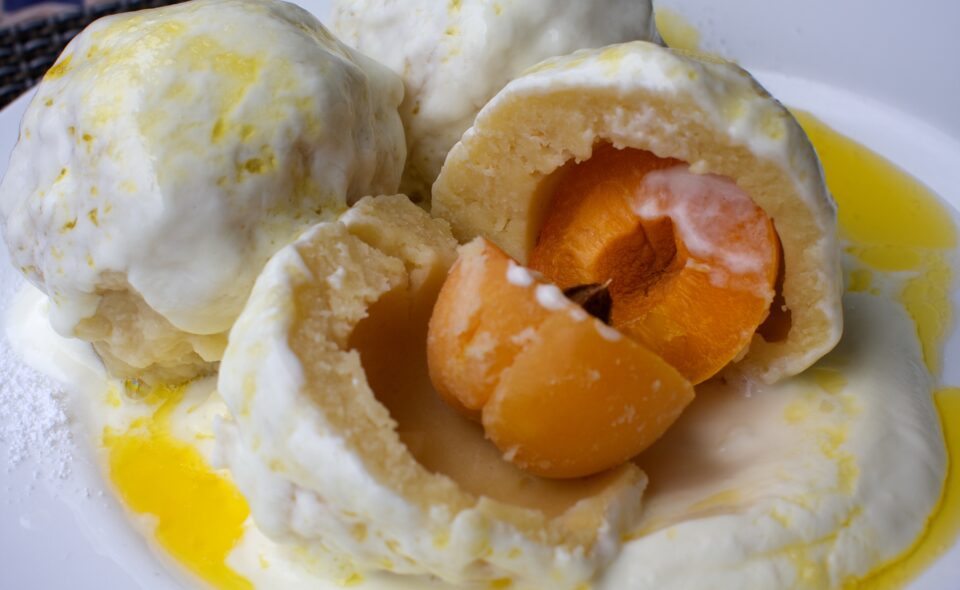
Greater Poland is a historical region located in the western and central part of Poland, mainly in the Warta River basin and partially in the central Oder River and lower Vistula River basin.
Passing on traditions in the relay of generations - a conversation with folk artist Agnieszka Radomska

Agnieszka Radomska - folk artist and advocate of the Birchwood region and its traditions - was interviewed by Magdalena Trzaska.
Boykos - former inhabitants of the Bieszczady Mountains
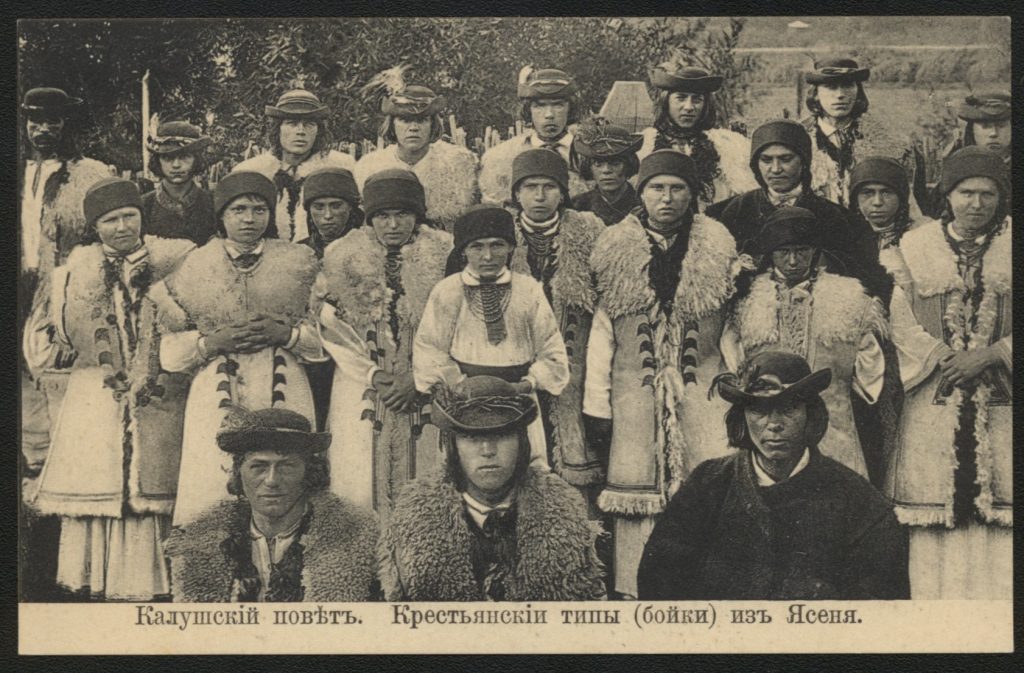
The Boykos are an ethnic group of Ruthenian and Wallachian origin, neighboring the Hutsuls to the east and the Lemkos to the west, who in the past inhabited the whole of the Bieszczady Mountains and part of Transcarpathia. During World War II, most of the Boyko people were displaced deep into the then USSR, while the rest dispersed throughout Poland. Today they inhabit areas of Ukraine.
Karaites - the least numerous minority in Poland

They are the smallest national minority in Poland. Although they have been associated with our country since the 14th century, still many Poles have no idea of their existence. Karaites - for they are the ones in question - live among us today about 200.
In the footsteps of the Polish Tatars

The Tatars have been present in Poland for more than six centuries. The group once had a significant impact on the social, economic and military life of our country. Today, outside the places of the largest Tatar concentrations, few people remember their existence.
Frikasë, Płaczëbóg i gwiżdze czyli tradycje kaszubskie od kuchni
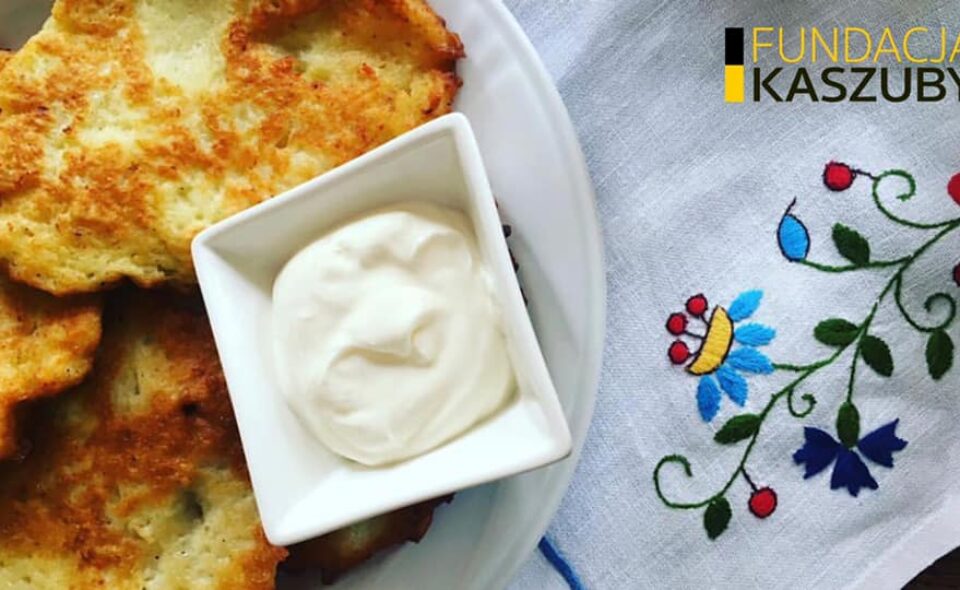
When you go to Kashubia, the first thing that catches your eye are the place names, often written in two languages - Polish and Kashubian. However, language is not the only distinguishing feature here. In the following conversation with Magdalena Trzaska - Mateùsz Titës Meyer of the Kashuby Foundation talks about Kashubian traditions, cuisine and symbols.
Merchants, spies, craftsmen - the history of Armenians in Poland
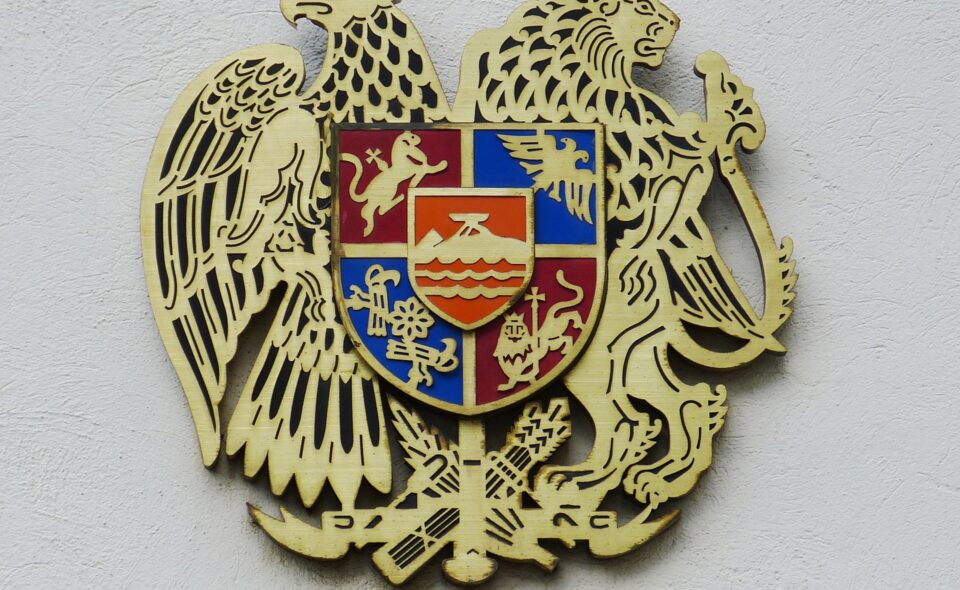
If one were to ask an ordinary citizen what he associates Armenia with perhaps, after recent high-profile events, the main answers would be the tragic pages in Armenian history - the war with Azerbaijan and the Armenian Genocide of 1915. If one were to ask further - how long have Armenians been in Poland - surely the primary associations would be the last three decades.
Rozmowa z Grzegorzem Królem – artystą ludowym, rzeźbiarzem i malarzem
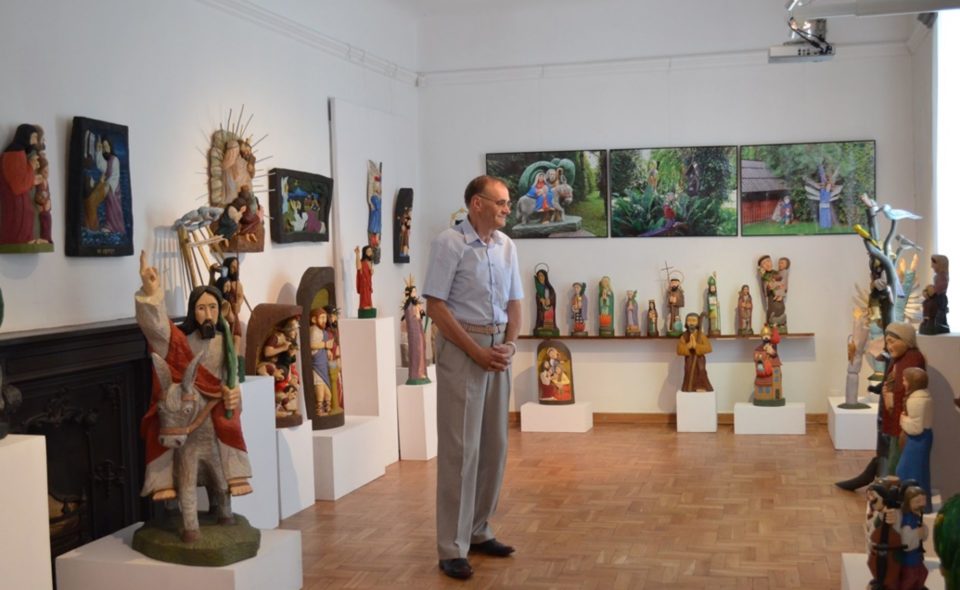
Rzeźbiarstwem zaczął zajmować się w 1967 roku, a zadebiutował w 1973 roku w Toruniu, biorąc udział w konkursie „Mikołaj Kopernik w rzeźbie ludowej”. W 1982 roku został członkiem Stowarzyszenia Twórców Ludowych. W swych pracach podejmuje tematykę religijną i świecką. Specjalizuje się w tworzeniu rzeźb pełnych – pojedynczych i wielofigurowych oraz reliefów.
Rozmowa ze Zdzisławem Bziukiewiczem, właścicielem Muzeum Kurpiowskiego w Wachu
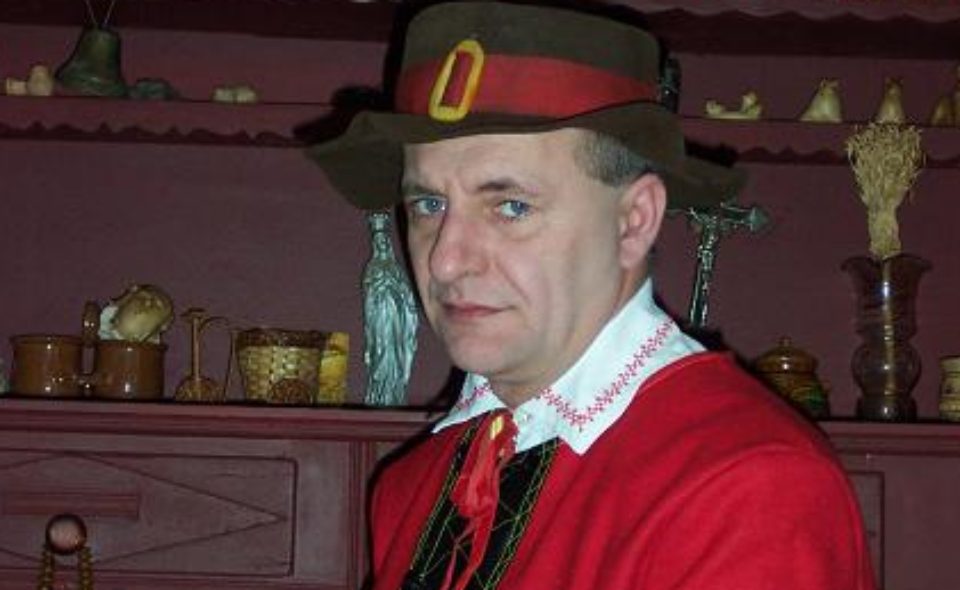
Niedaleko Ostrołęki, znajduje się miejsce niezwykłe, pełne skarbów przeszłości i fascynujących historii. Powstało dzięki pasji i determinacji państwa Laury i Zdzisława Bziukiewiczów, którzy zgromadzili w tym miejscu tysiące eksponatów dokumentujących codziennie życie na Kurpiach. Najstarsze z nich pochodzą z XVIII wieku, najnowsze z lat 70. XX wieku.